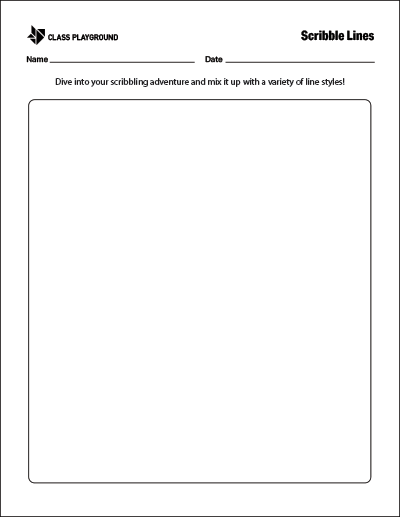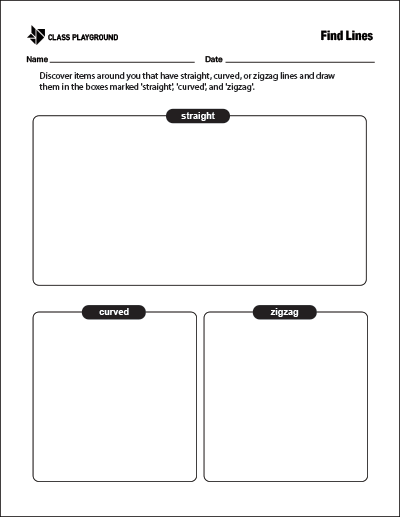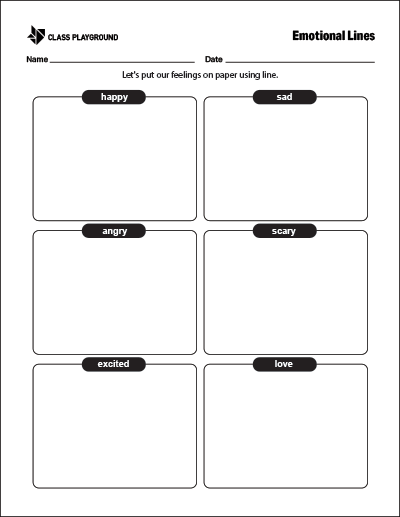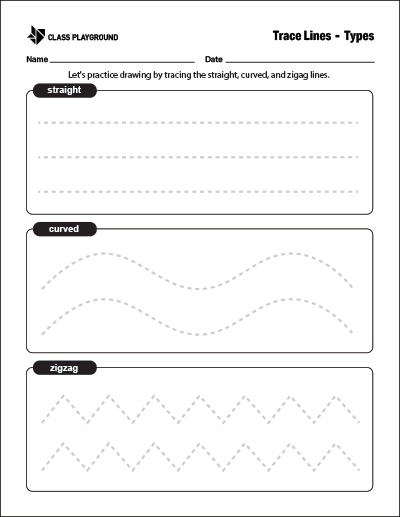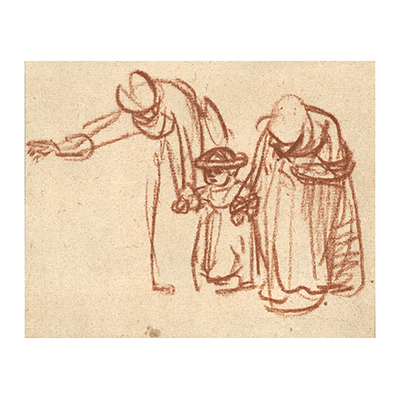What is Line Drawing?
Line is a basic element of visual art, where lines are used to create shapes, forms, and patterns. Lines can vary in length, width, direction, and be straight or curved. They can be used to depict boundaries, suggest movement, or convey emotions.
Why is Line Drawing Important?
Understanding how to use lines effectively can help students improve their observational skills, enhance their creativity, and develop a strong foundation for more complex art techniques. It also fosters fine motor skills and hand-eye coordination.
Strategies for Teaching Line Drawing
Teaching line drawing to elementary students requires a mix of theory, demonstration, and hands-on practice. Here are some strategies:
- Introduce Types of Lines: Start by teaching students about different types of lines – straight, curved, wavy, zigzag, dotted, etc. Use examples from daily life to make the concepts relatable. For instance, a straight line can be found in a pencil or ruler, a curved line in a rainbow, and a zigzag line in a lightning bolt.
- Demonstrate Line Drawing: Show students how to hold a pencil correctly and guide them through the process of drawing different types of lines. This could involve demonstrating how to draw light lines with less pressure and darker lines with more pressure. You could also show them how to use rulers or other straight edges to draw straight lines.
- Encourage Experimentation: Let students explore line drawing freely with different tools like pencils, markers, crayons, and paintbrushes. This will help them discover the unique effects that each tool can produce. Encouraging experimentation can also foster creativity and help students develop their unique drawing styles.
- Incorporate Lines into Art Projects: Use art projects to reinforce the concept of lines. For example, have students draw landscapes using only horizontal and vertical lines, or create abstract art with wavy and zigzag lines. These activities can help students apply what they’ve learned about lines in a fun and creative way.
- Show Examples of Line Art: Show students artworks where line is prominently used. This could include famous line drawings, illustrations in children’s books, or even architectural designs. Observing how artists use lines in their work can provide students with inspiration and a deeper understanding of the importance of lines in visual art.
Activities
- Line Drawing Worksheets: Create worksheets with different types of lines – straight, curved, zigzag, wavy, etc., and have students trace over them. This is a great activity to practice control, precision, and hand-eye coordination. It also helps students familiarize themselves with different line forms which are fundamental to drawing.
- Collaborative Line Drawings: Start a line drawing on a large sheet of paper and pass it around the classroom, allowing each student to add their own lines. They can create patterns, shapes, or even turn it into an abstract art piece. This activity encourages creativity and collaboration among students.
- Blind Contour Drawing: In this activity, students draw the contour of an object without looking at their paper. They only look at the object they’re drawing. This enhances observational skills, trains their eyes to notice details, and helps students understand the importance of continuous lines in drawing. It’s a challenging but fun exercise that improves drawing accuracy.
- Line Drawing Games: Organize games that involve line drawing, such as “connect the dots” or “complete the picture”. These games not only make learning fun but also help students understand how lines connect to form shapes and images.

